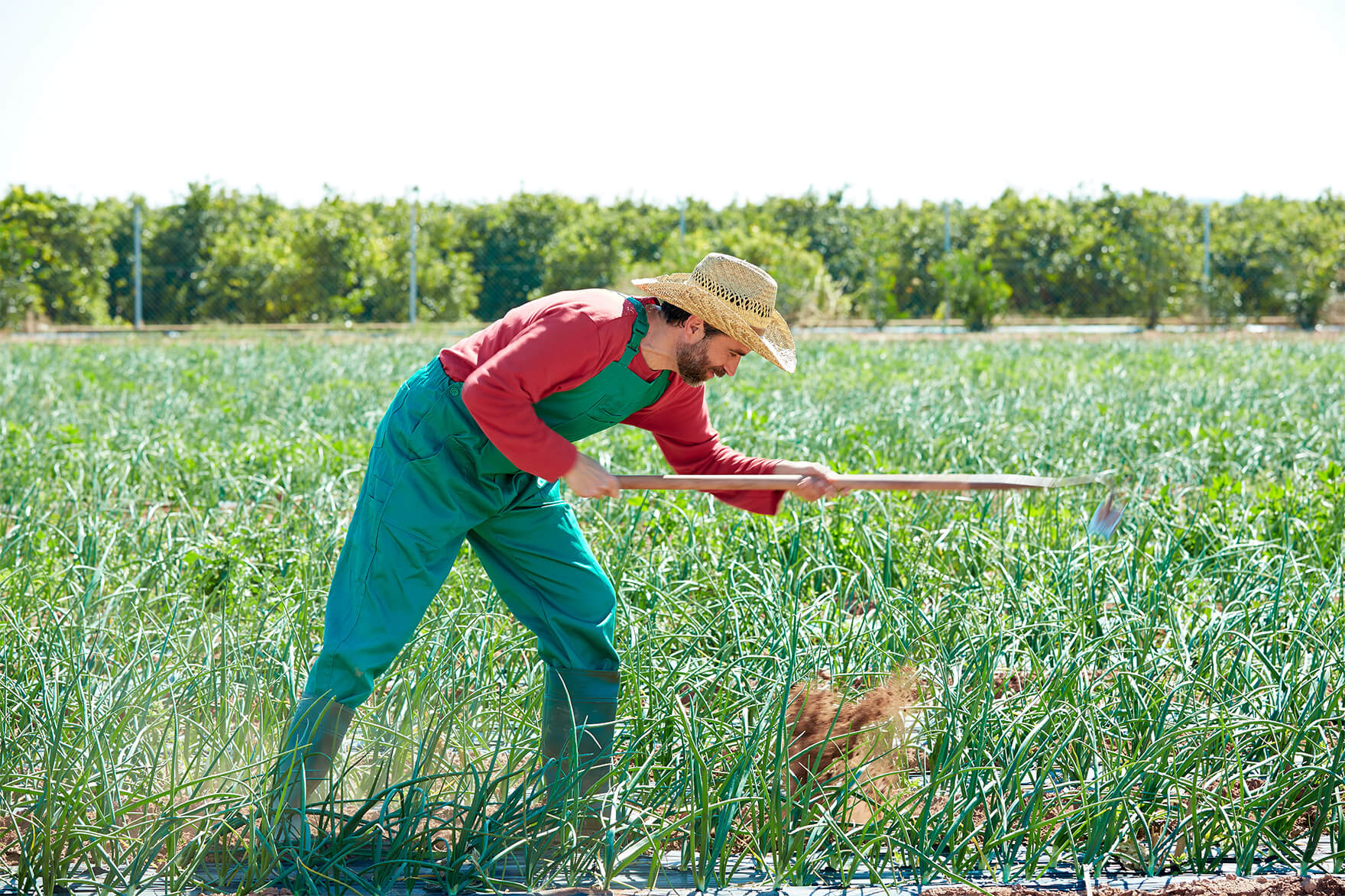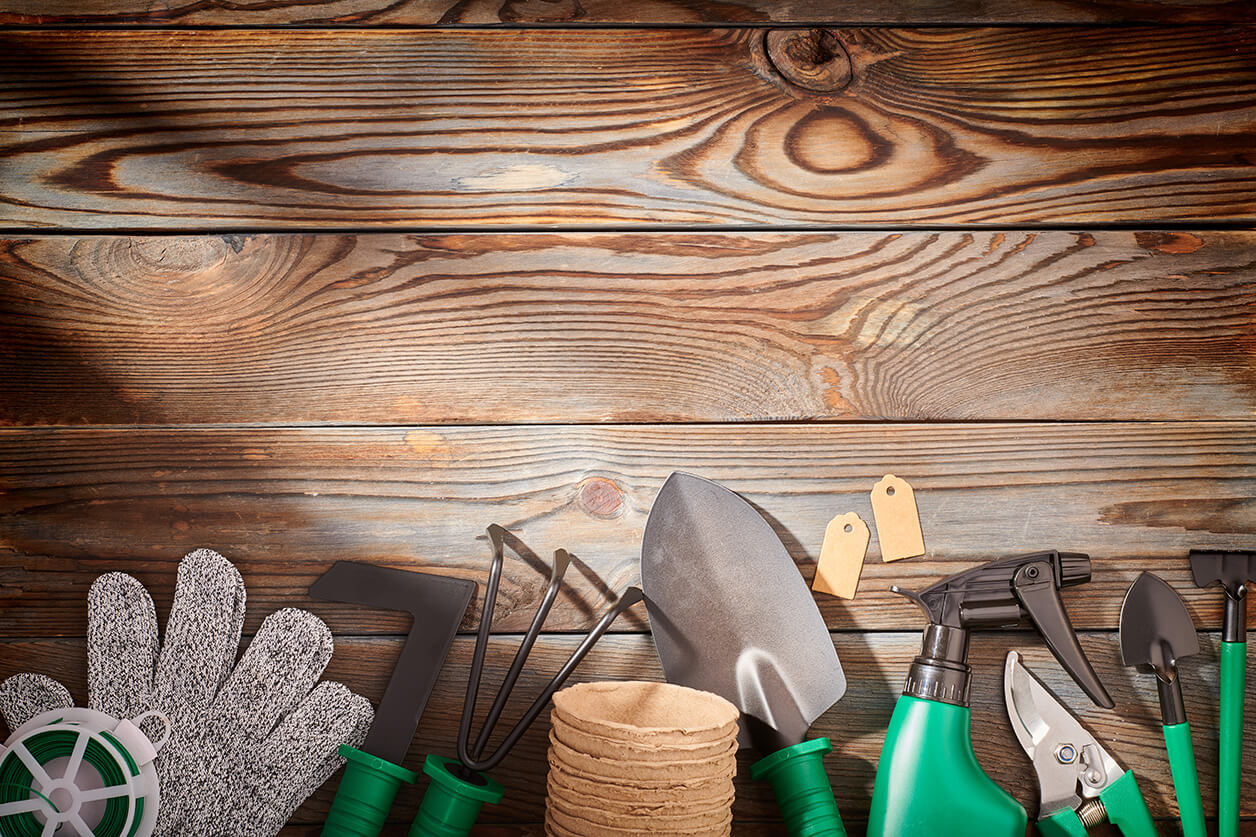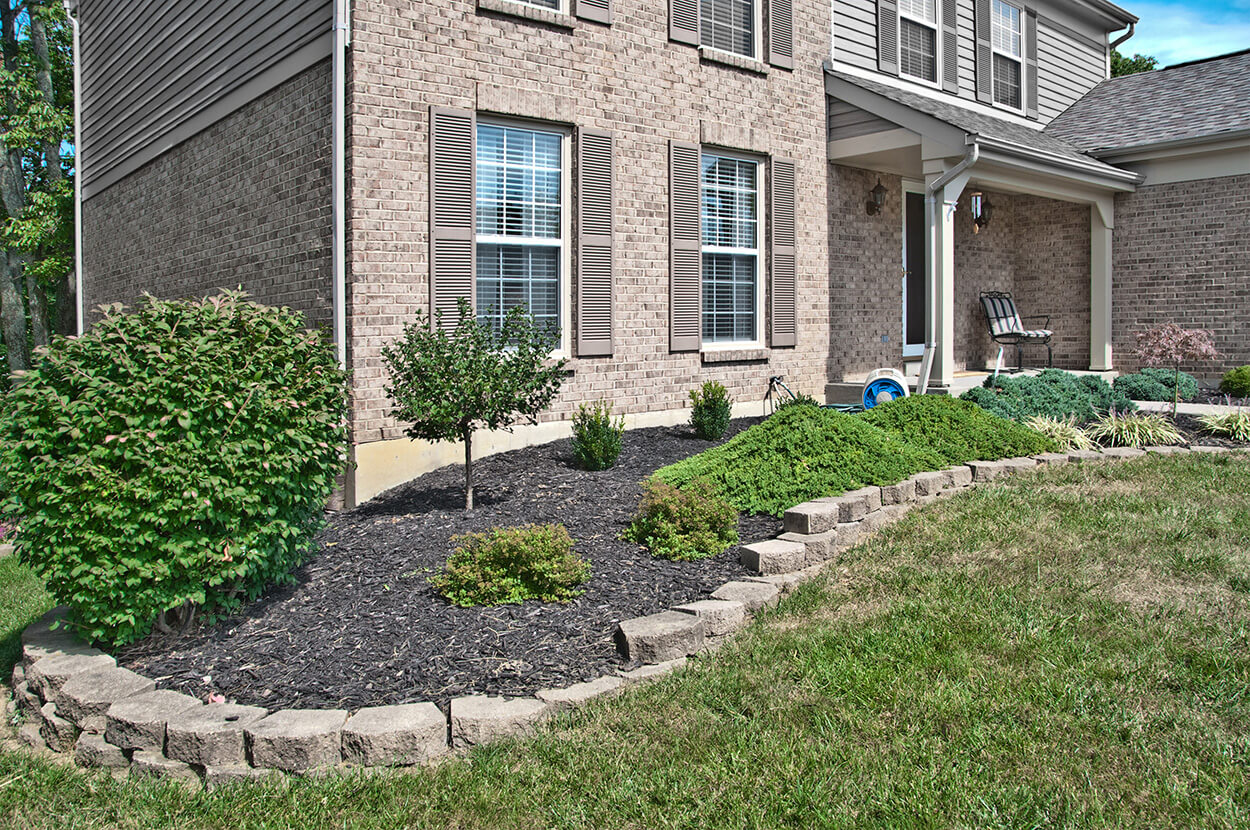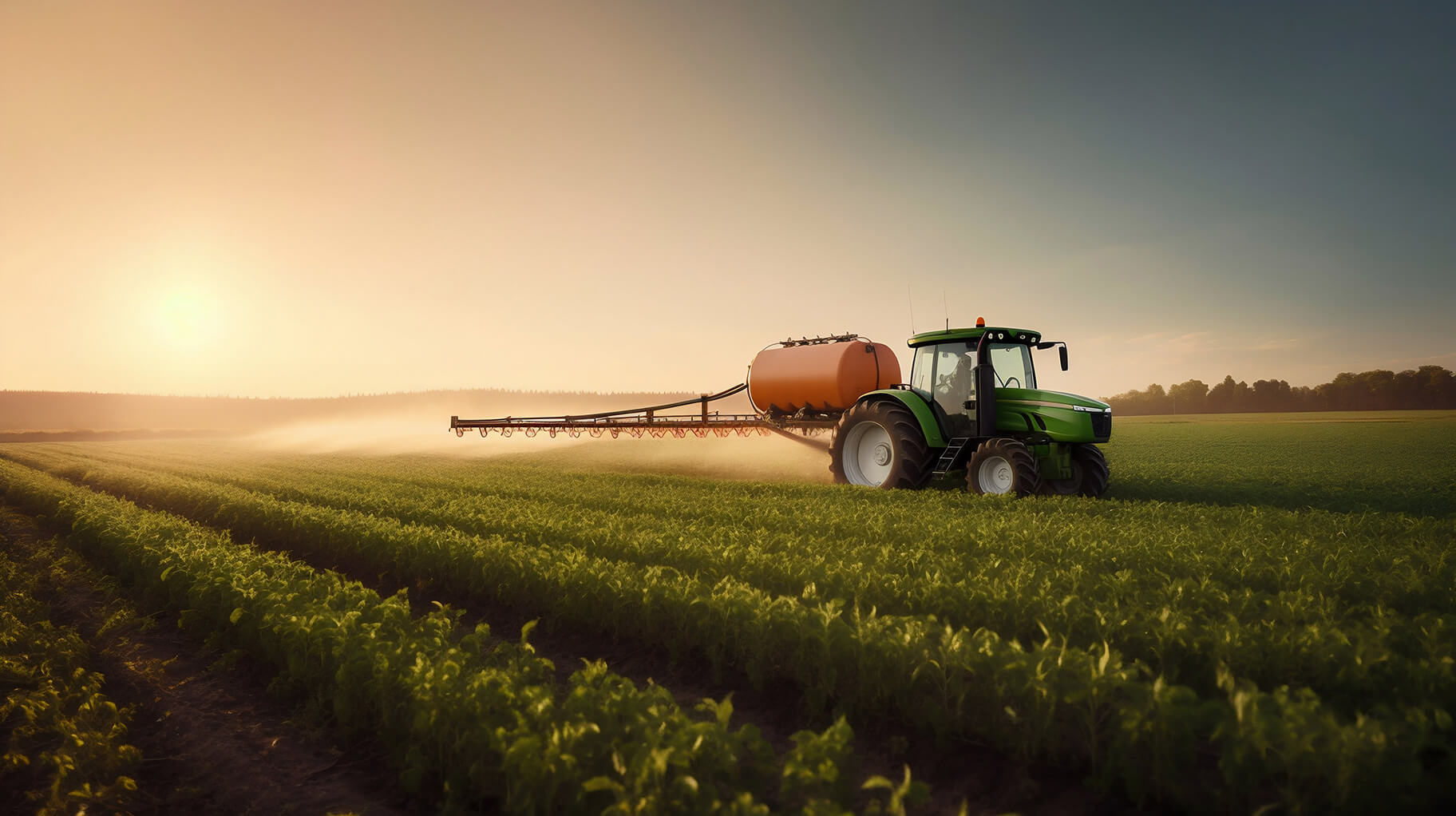Gardening can be truly satisfying, especially when you see your plants thriving. However, there’s an uninvited challenge that every gardener grapples with – weeding. So, what is weeding?
Weeding is the process of removing unwanted plants from farming areas or gardens to prevent them from competing with desired plants for resources. It’s crucial for maintaining crop health, boosting yield, and preserving garden aesthetics.
Whether you’re a farmer aiming to maximize crop yield or a gardener seeking a pristine lawn, understanding weeding is crucial. In the following paragraphs, we explore weed management, the impact of weeds on your fields, hand weeding versus chemical herbicides, and more.
The Importance of Weeding
Weeds cause a staggering $33 billion in crop losses yearly in the U.S. alone. Not only do they hinder crop production, but some weeds can also be poisonous to animals and humans. As such, timely and efficient management is essential for both crop yield and safety.
Furthermore, weeds compete with crops for water, sunlight, and nutrients. This not only stunts their growth but can also reduce yield significantly. In extreme cases, weeds can facilitate the spread of crop diseases that cause even further damage to yields. Also, failing to weed your garden regularly can make it look unkempt and unsightly.
Methods of Weed Control
There are various methods to control weed growth, each with its unique advantages and drawbacks. Let’s delve into some of these techniques:
- Hand Weeding: The most traditional method of weed control, hand weeding involves physically pulling out weeds from the ground. This method provides complete control over what gets removed and allows for careful preservation of the main crop. However, it can be time-consuming and laborious.
- Hoeing: Hoeing is another mechanical method of weed removal. You can cut the weeds at their roots using a hoe, preventing further growth. While this method is efficient for more extensive gardens, it may inadvertently bring weed seeds closer to the surface, promoting their growth.

- Mulching: Mulching involves covering the soil with organic or inorganic material. This blocks sunlight, inhibiting weed growth. While this method enriches the soil and retains moisture, it may also provide a habitat for pests.
- Herbicides: These are chemicals specifically designed to kill or inhibit growth. They offer an effective solution for large-scale weed control but must be used sparingly due to their potential harm to non-target plants and animals.
- Crop Rotation: By changing the types of crops grown in a particular area over time, you can disrupt the life cycle of weed species, preventing their dominance. This method also improves soil fertility but requires careful planning and knowledge about different crop species.
Frequency of Weeding
Weeding frequency depends on several factors, including climate, soil type, and the types of plants grown in your garden. In general, it’s recommended to weed every one to two weeks during the growing season. However, remember that some weeds may be more aggressive than others and require more frequent removal.
Seasonal Weeding
Seasonal weeding is a strategic approach to weed control that aligns weeding activities with the life cycle of weeds and crop growth. This technique optimizes crop yield by minimizing competition between crops and weeds for light, nutrients, and space.
It involves three stages: pre-emergence, post-emergence, and flowering/seed production.
- In the pre-emergence stage, weed seeds are destroyed before they sprout, often through tilling or pre-emergence herbicides.
- The post-emergence stage targets sprouted weeds using methods like hand pulling or weeding tools, preventing them from establishing and competing with crop plants.
- Lastly, the flowering stage focuses on removing weeds before they produce and spread seeds, causing a future increase in weed population.
Adapting weed management strategies according to crop needs is also important. Some crops require more frequent weeding during certain seasons, while others benefit from specific weed control methods like crop rotation. In conclusion, seasonal weeding is a proactive, effective approach to weed management that improves crop production and yield.
Regular Maintenance
Regular weeding is necessary to ensure that weeds don’t take over your garden. Make sure to remove them before they send out new shoots, cause damage to the main crop plants, or spread their seeds. Be on the lookout for perennial weeds as well; these require special measures like deep tillage and herbicides for complete removal.
Taking preventive action through timely weeding and mulching is also essential. This helps reduce future weed problems and keeps your garden looking neat and healthy.
Finally, it’s important to stay informed about different weed control methods and understand their pros and cons for effective weed management in the long run.
Weeding Tools and Equipment

Here are some of the most commonly used weeding tools:
- Hand tools: Short-handled tools like trowels and hoes are used for hand weeding.
- Powered weeders: These offer an efficient way to manage weeds in bigger patches of land.
- Long-Handled Weeding Tools: These tools are perfect for larger gardens and fields. They allow farmers to remove weeds without bending over, reducing the strain on their backs. Examples include long-handle hoes, cultivators, and weed pullers.
- Weed Burners: These tools use heat to kill weeds down to their roots. They’re especially useful for controlling weeds in driveways and patios.
- Sprayers: Herbicides, vinegar solutions, and other materials can be sprayed using this tool.
Organic Weed Control Methods

Organic weed control methods are an environmentally friendly alternative to chemical herbicides. They aim to suppress growth without harming the soil, crops, or beneficial insects. Some of these methods include:
- Mulching: Mulch blocks the sunlight, preventing weed seeds from germinating. It also helps retain soil moisture and adds nutrients to it as it decomposes.
- Crop Rotation: By changing the crops grown in a field each season, farmers can disrupt the life cycle of specific weeds, thus controlling their growth.
- Cover Crops: Planting cover crops can outcompete weeds for resources. When they decompose, they also add organic matter to the soil.
- Hand Pulling: Although labor-intensive, hand pulling is an effective way to control weeds. It’s best done when the soil is moist, making it easier to pull.
Weed Identification Techniques
Accurate identification of weeds is essential for effective weed management. To identify weeds correctly, you must look at the plant’s overall structure, leaves, root system, and fruits or flowers. In the case of grasses and sedges, take note of their coloration and leaf arrangement. If there are any distinguishing features like hairs or spines on its stems or leaves, make sure to observe them, too.
Once you have identified the weed, look for information about its life cycle and control methods online or consult a local expert. Additionally, examining the soil where it grew can help you understand what conditions are favorable for its growth and how to prevent it in the future. By taking these steps, you will be better equipped to manage weeds in your garden.
Commercial and Residential Weeding Practices
Weeding techniques are slightly different for commercial and residential settings. Hand weeding is the most common method in a residential setting to control weeds. It’s best done in small patches of land and requires basic tools like hoes and trowels.
Commercial management typically involves mechanized equipment, depending on the size of the area that needs to be covered. Long-handled tools and powered weeders are often used in large areas to clear weeds efficiently.

In both settings, pre-emergence and post-emergence herbicides might be used to control growth. However, these chemicals should be used judiciously, considering their potential impact on soil health, beneficial insects, and non-target plants.
No matter the setting, it’s important to keep track of the different management techniques used in order to monitor their effectiveness over time. Regular maintenance is key to achieving a healthy garden with minimal weed presence.
Weed Prevention Strategies
Preventing weeds from growing in the first place is a crucial aspect of weed management. Here are some effective strategies for preventing weed growth:
- Mulching: As mentioned earlier, mulching can prevent weed seeds from germinating.
- Landscape Fabric or Plastic Mulch: Covering the soil with landscape fabric or plastic mulch can create a barrier to prevent growth.
- Planting Density: Planting crops closer together can help reduce the growing space for weeds.
- Healthy Soil: Maintaining healthy soil with proper nutrient levels can help crops grow strong and compete with weeds for resources.
- Timely Weeding: Regularly weeding your garden before weeds can spread and establish themselves can help prevent future weed problems.
Conclusion
Understanding what weeding is and implementing effective weed control strategies are vital for both residential and commercial gardening. Weed management encompasses a variety of techniques, from utilizing a range of weeding tools to deploying organic weed control methods. Identifying weeds correctly is the first step toward their effective management.
Both commercial and residential weeding practices involve unique approaches tailored to the environment’s specific needs. Prevention is often the best strategy, with techniques such as crop rotation, cover crops, mulching, timely cultivation, maintaining healthy soil, and regular monitoring. By integrating these techniques, you can maintain healthy and productive gardens and fields free from the detrimental effects of weeds.

